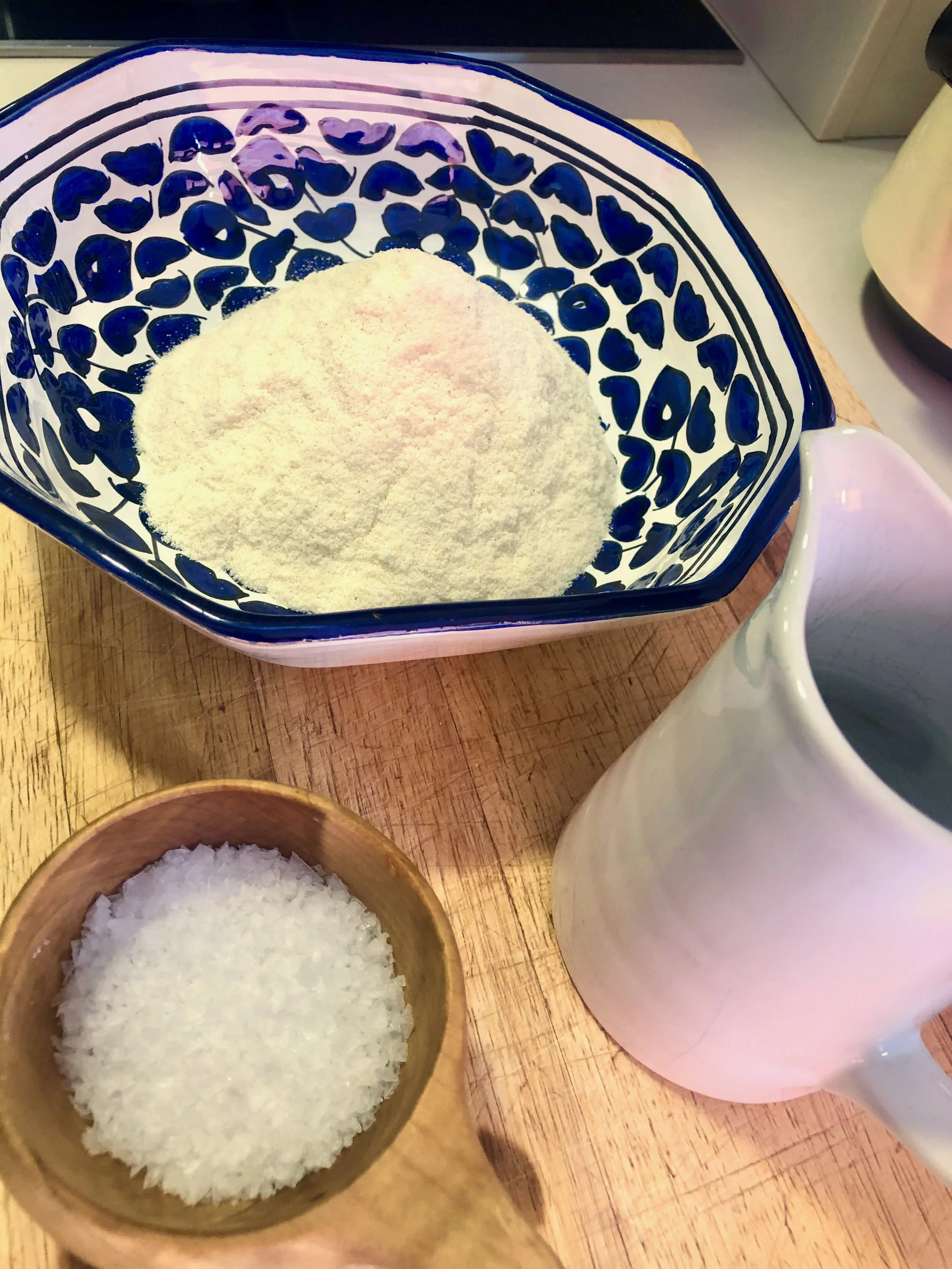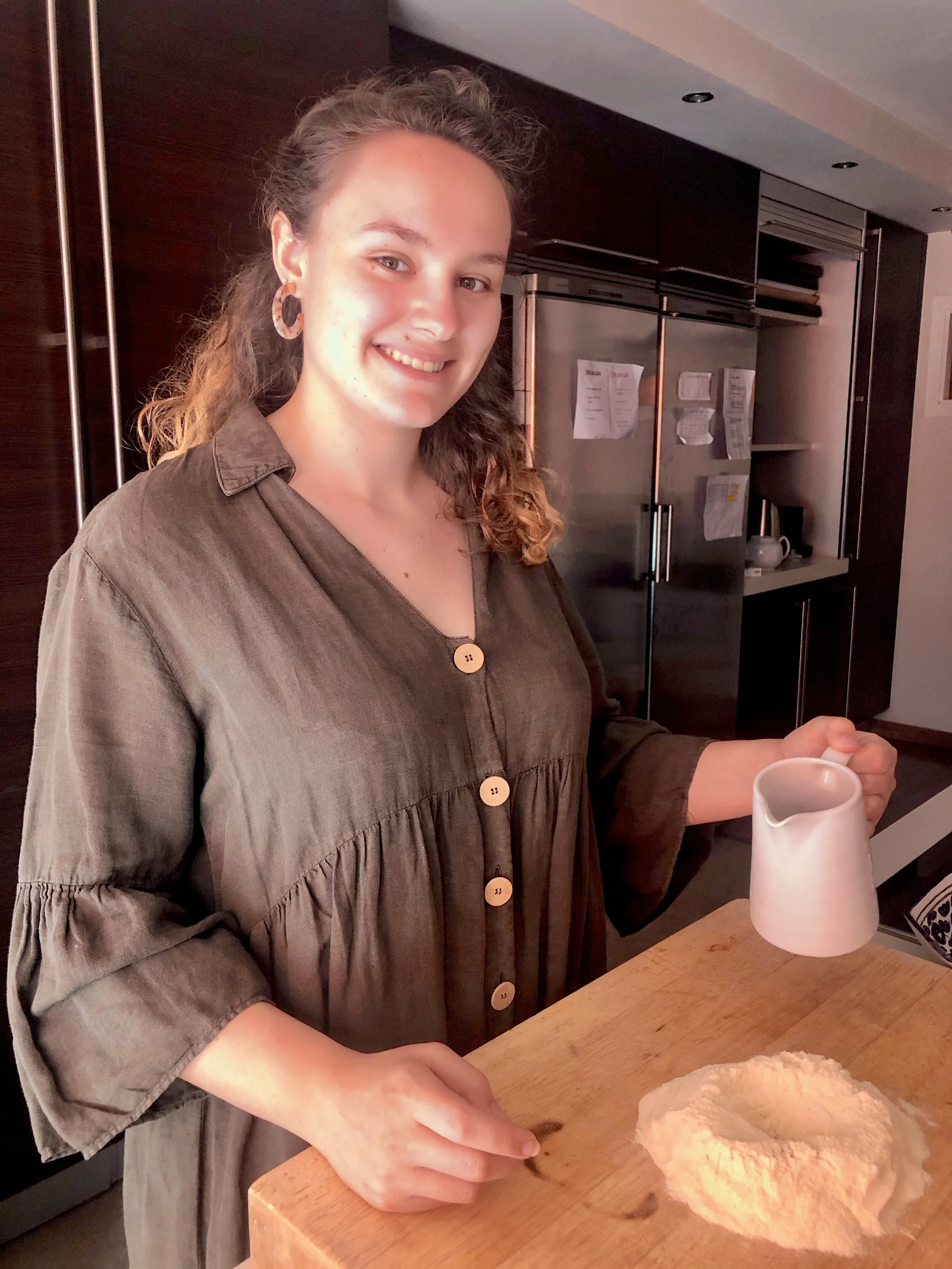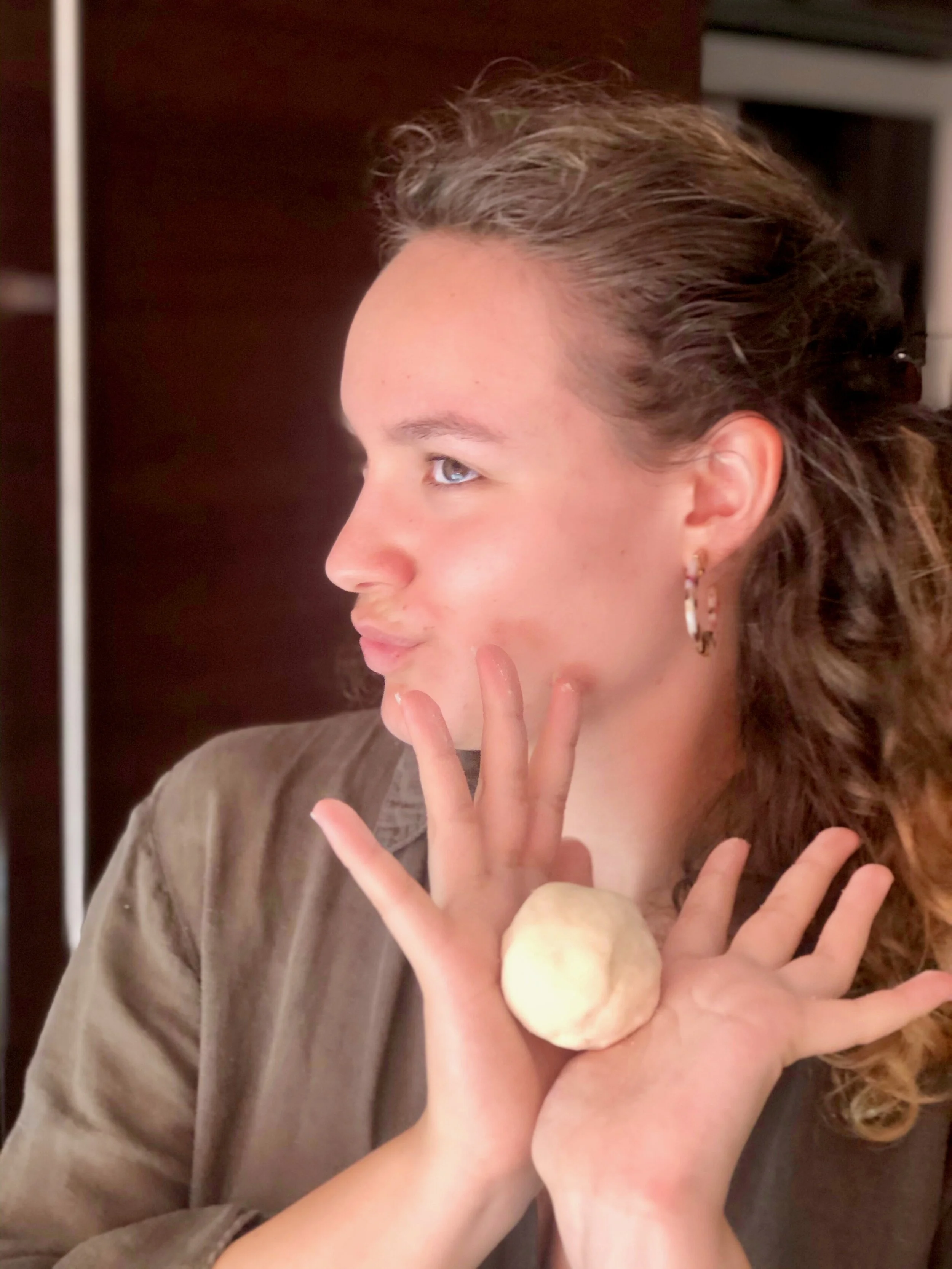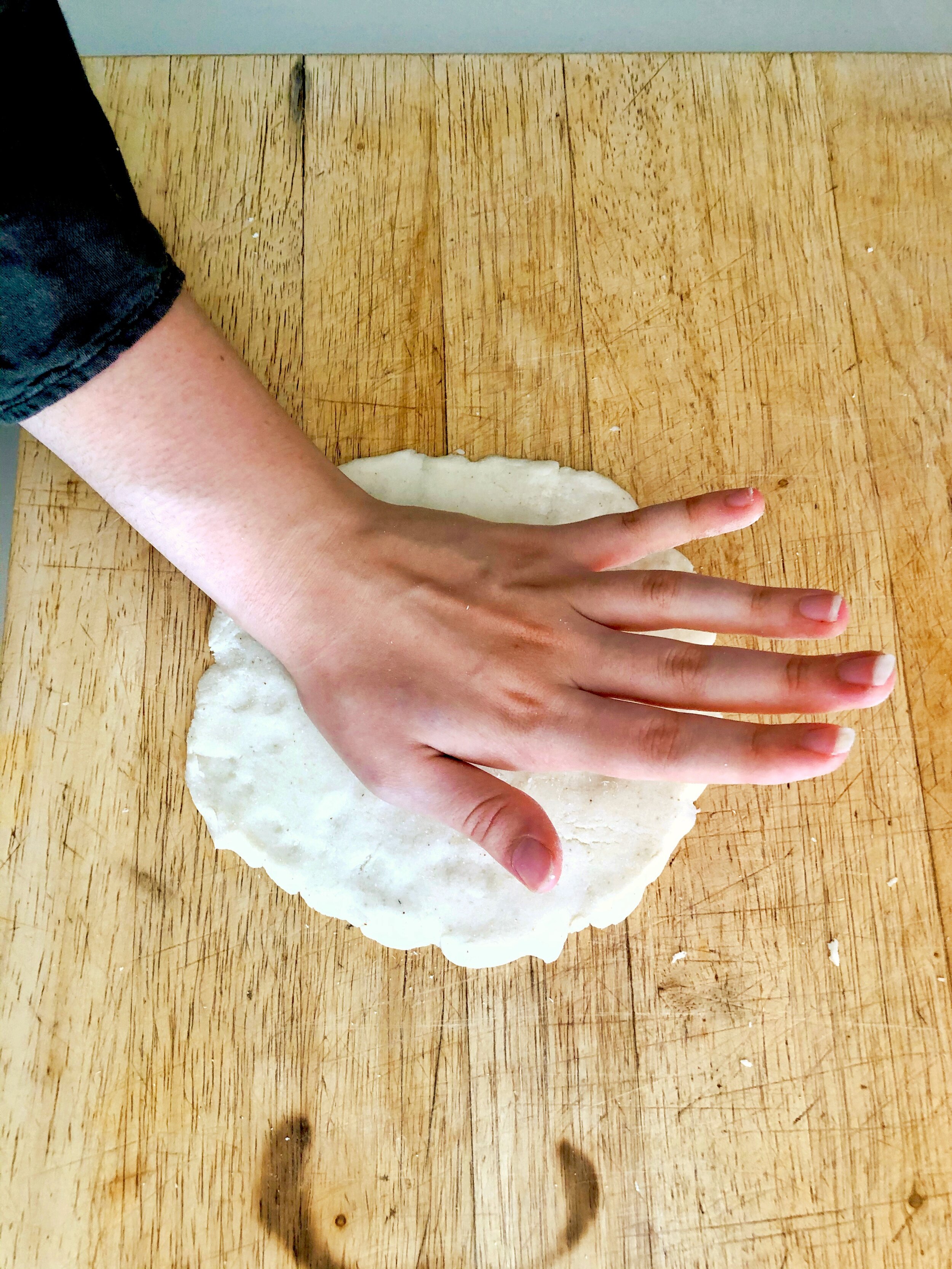Talo: The Basque Way to Health and Strength
Fran Glaria | Traveling Steps
What comes to mind when you think of the Basque culture in Spain? Perhaps its famous locales like the cities of Bilbao or San Sebastián, mouth-watering pintxos (Basque-style tapas), the world-renown wine region La Rioja, or even the lively festival of San Fermín (popularly associated with The Running of the Bulls in Pamplona).
But did you know that there is such a thing as a “Basque” bread? There is! It’s called talo and it is fantastic!
A humble, flat cornbread, talo is similar to arepas made in Colombia or Venezuela. The main difference: how the flour is processed. In the South American ones, the flour is boiled and then dried, so the bread becomes more flexible. Making talo requires the finest corn flour, so we skip the boiling and use the flour directly.
Corn flour talo—an essential part of Basque life
Image | Boutique Hotels Spain
HISTORY
In 1522, Basque sailor Juan Sebastián el Cano completed his circumnavigation of the world. He was the one who brought corn to the Basque Country. Interesting, the corn adapted very well to our rainy weather, and the corn production became a vital part of our economy.
In the beginning, it was only used to feed animals. It was not for human consumption at all. In the 1600s, the economy took a huge downturn. Many Basque men had to leave their homes to find new ways to provide for their families. Most of them went to work to the Americas, (especially South America). In their letters, they explained how easy it was to make flour out of corn. They also shared the recipe to make the local flat bread. This was the pivotal moment when the Basques started eating corn.
Until the 20th century, the rest of Spain considered eating corn as lowly and associated it with animal behavior. A Madrid newspaper stated “Basques eat corn, like pigs.” I personally love corn, so I am not offended by that. But, back in 1892, the Basque people were practically considered barbarians, uncivilized and beneath the well-bred, well-educated Spaniards. The benefit of eating corn, was that our population grew stronger and healthier than the one in the rest of Spain. Some grandmas say that in the Basque Country, we are taller than the rest of Spain, because we ate corn.
If you want to be healthier and stronger, you should probably make some talo right away!
RECIPE
Ingredients for 5 TALOS:
½ pound of thin corn flour
pinch of salt
1 1/3 cup +⅓ warm water
In a large mixing bowl, combine the flour and the salt. Pour the mixture to form the shape of a volcano onto a wooden table, never on marble or granite. A stone table one will decrease the temperature of the water, and the talo will be ruined. Slowly pour 1 cup of the warm water in the middle and start kneading it until well combined. Add more water until the dough doesn’t stick to your fingers.
Once you have the dough to your preferred consistency, place it in a bowl and cover with a damp cloth. Let it rest for 30 minutes.
Form the dough into small balls, about the size of a racquetball. Put them on the table and gently start flatten them it into a circular shape, using the palm of your hand. This also doubles as a delightful exercise in stress relief.
Warm up an iron skillet to the highest temperature. Place the flattened disc of dough on it. Cook until golden brown and for no more than 4 minutes per side.
You must eat this bread while it is warm. While you could eat it with any variety of accompaniments (i.e., chorizo, fried eggs, ham), my recommendation is to put some sheep cheese in the middle and let it melt. If you have a sweet tooth (like me) put dark chocolate. It is heaven!
L-R: Basic ingredients—corn flour, sea salt, water; Francisco’s daughter—the Talo-making Queen; form the dough into racquetball size; using your palm, gently flatten the dough into a disc
Images | Fran Glaria
Spain and Basque Country Guide Francisco Glaria tempts our tummies with a fresh, homemade *talo* (a traditional Basque corn flour flatbread), prepared by his daughter.





